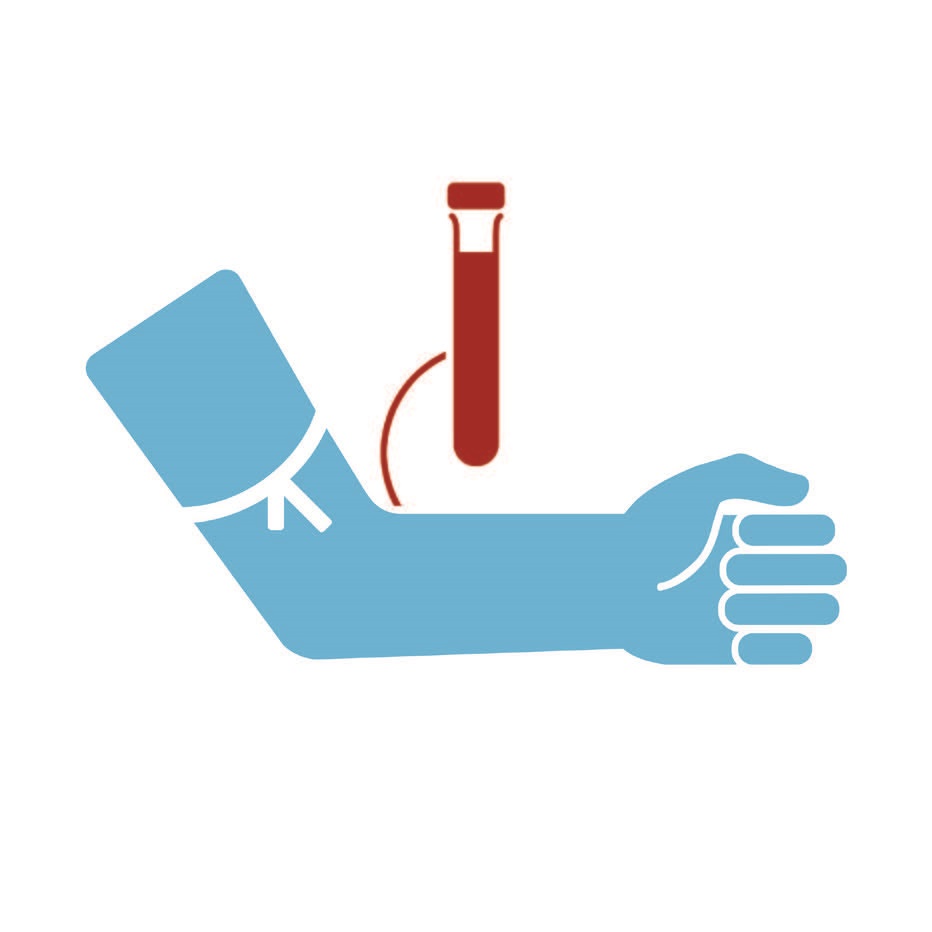Dental Treatments with Fibrin


Links of interest:
Dental treatment with platelet-rich plasma (PRF) or plasma rich in growth factors (PRGF) is a technique used in dentistry to accelerate healing, promote tissue regeneration and improve overall oral health. Here I provide you with information about dental treatment with fibrin:
What is platelet-rich fibrin (PRF)?
The PRF is a portion of the patient’s blood obtained by a small blood collection and subsequent centrifugation. It contains an increased concentration of platelets and growth factors that are essential for tissue repair and regeneration.
Applications in dentistry:
Oral surgery: PRP is commonly used in tooth extraction procedures, dental implants and bone grafting surgeries to accelerate healing and promote bone regeneration.
Periodontics: Used to treat gum disease, such as periodontitis, and to promote the regeneration of gingival and bone tissues.
Endodontics: It can help in the regeneration of pulp tissue in damaged teeth.
Dental implants: Used to improve the integration of the implant in the maxillary or mandibular bone.
Treatment process:
Blood collection: A small amount of blood is drawn from the patient.
Centrifugation: Blood is centrifuged to separate PRF from the rest of the blood components.
Application: PRF is applied to the treatment area during the dental procedure.
Stimulation of regeneration: The growth factors in PRF help accelerate healing and promote tissue regeneration.
Advantages:
Reduction of healing time.
Less postoperative discomfort and pain.
Higher success rate in surgical procedures.
Reduced risk of infection.
Considerations:
The PRF is obtained from the patient himself, which minimizes the risk of allergic reactions or rejection.
The effectiveness of the treatment may vary depending on the procedure and the patient’s health conditions.
It is important to note that the use of PRF in dentistry is a technique that can be applied by dental health professionals with experience in its use. Before undergoing any dental plasma treatment, it is essential that you consult your dentist to determine if it is appropriate for your specific clinical situation.